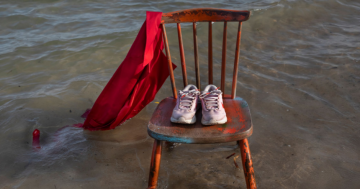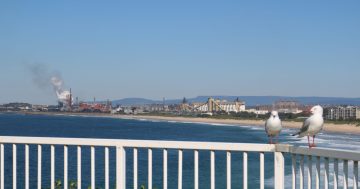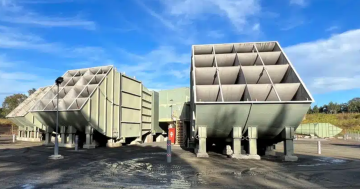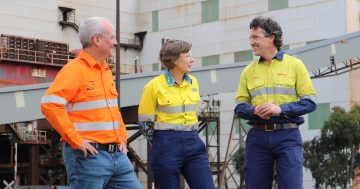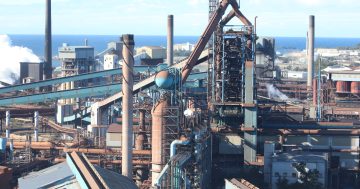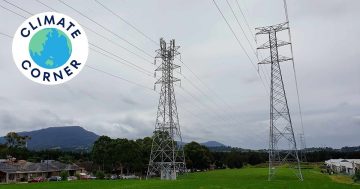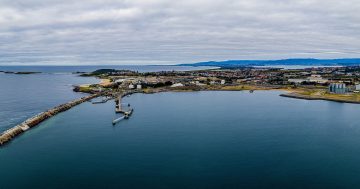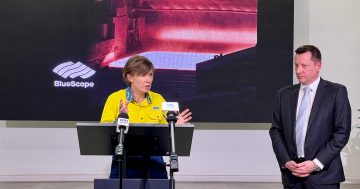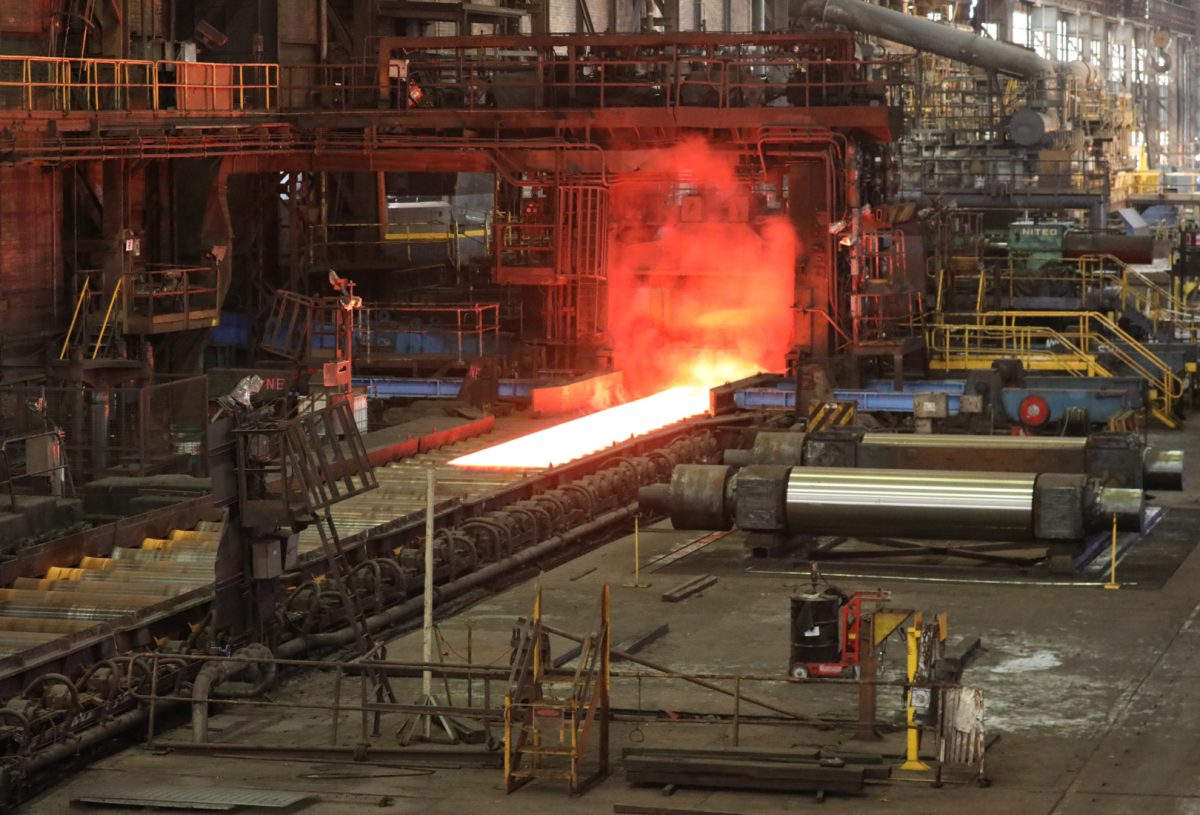
Are BlueScope’s efforts to reduce greenhouse gas emissions on target? Photo: BlueScope Steel.
Between technical jargon and greenwashing it can be tough to tell when businesses are moving the needle on their climate impact, but a Wollongong energy expert, Ty Christopher, said BlueScope Steel’s latest update shows solid steps forward.
BlueScope Steel released its latest climate action report this month.
Steel production isn’t traditionally a green industry, but it is a critical one.
The report claims BlueScope has cut down its emissions intensity and has invested in a number of emissions reducing projects.
We consulted former power engineer, licensed electrician and University of Wollongong energy authority, Ty, for his views on BlueScope’s progress.
“Overall the report shows material progress in terms of decarbonisation, not just Australian efforts but also in New Zealand,” he said.
“Decarbonising very large industrial operations is like trying to rebuild your car as you drive it at 100 km/h down the freeway.
“You need to keep the business making a profit so you have the money to decarbonise, and it’s a challenge.
“I think they’re trying to strike the right balance.”
In the report BlueScope says it has achieved a 12 per cent reduction in steelmaking emissions intensity since 2018, and an 8.4 per cent reduction in non-steelmaking emissions intensity since 2018.
Ty said measuring emissions intensity, rather than total emissions, was appropriate in this instance, because market demand had an effect on total emissions.
“The volume of production is variable depending on how much they’re selling,” he said.
“It would be disengenuous if, for example, there was a downturn in demand for steel, BlueScope produced 10 per cent less steel and then claimed a 10 per cent emissions reduction.
“This measure shows the carbon footprint per tonne produced is coming down and that’s genuine progress.”
BlueScope says the 12 per cent reduction is in line with its long-term targets of reducing emissions intensity by 30 per cent by 2030 and reaching net zero by 2050.
Does this track?
Ty said yes – with caveats.
“The material improvements they’ve shown are probably characterised by them picking off the sensible and maximum opportunity areas,” he said.
“It’s fair to say this journey will become more difficult as the more straightforward emissions reductions occur.
“As long as the bulk of the iron is produced by blast furnace technology they are going to be challenged to massively reduce their emissions footprint because they are very emission intensive operations.
“We can’t put perfect in the way of progress, and in some instances they are reliant on new industries, like green hydrogen, being stood up to make the move.
“People might have objections to their trajectory towards natural gas as a transitional step, for example, but it does reduce emissions and it does put them on that green hydrogen pathway.”
In addition to green hydrogen, offshore wind would make a significant impact on BlueScope’s ability to reduce emissions.
Other new technology the company has flagged as essential to emissions reductions includes electric smelting furnaces. To that end the report announces a partnership with Rio Tinto and BHP to investigate developing Australia’s first ironmaking Electric Smelting Furnace (ESF) pilot plant.
“One challenege we face in Australia is the composition of Australian ores mean they do not readily lend themselves to hydrogen-based prodcution,” Ty said.
“This research project they’re committing to is a tremendous first step, and it’s to be highly commended.
“BlueScope each and every day uses the same amount of electricity as 60,000 homes. They have said to decarbonise they would need to consume 15 times more electricity, so the equivalent of 900,000 homes.
“The Illawarra has only 130,000 homes. We can’t meet that electricity requirement with rooftop solar, and we need a power source that’s reliable, affordable and generated relatively close by.
“Offshore wind is available 24/7, and it can provide large amounts of power relatively close by.”
The process of mitigating climate change is a messy one, Ty said.
All in all, he said the BlueScope report was a solid step down that path.
“As a nation we need to make steel here; it’s a national security issue,” he said.
“Wollongong is one of the industrial powerhouses of NSW and we want to keep those jobs, too.
“It’s easy to chuck rocks but we’re seeing material progress in a critical industry for our region and our nation.”








